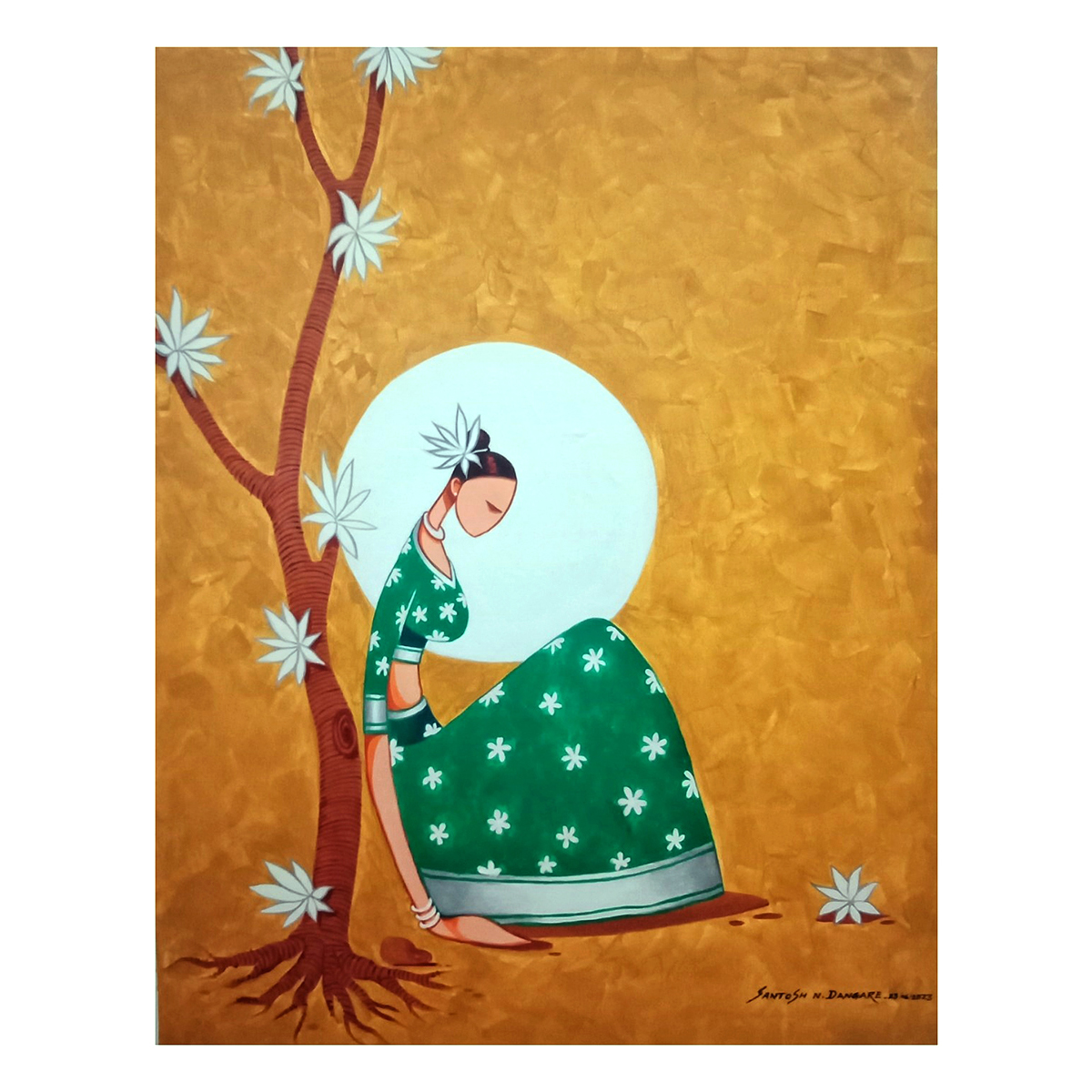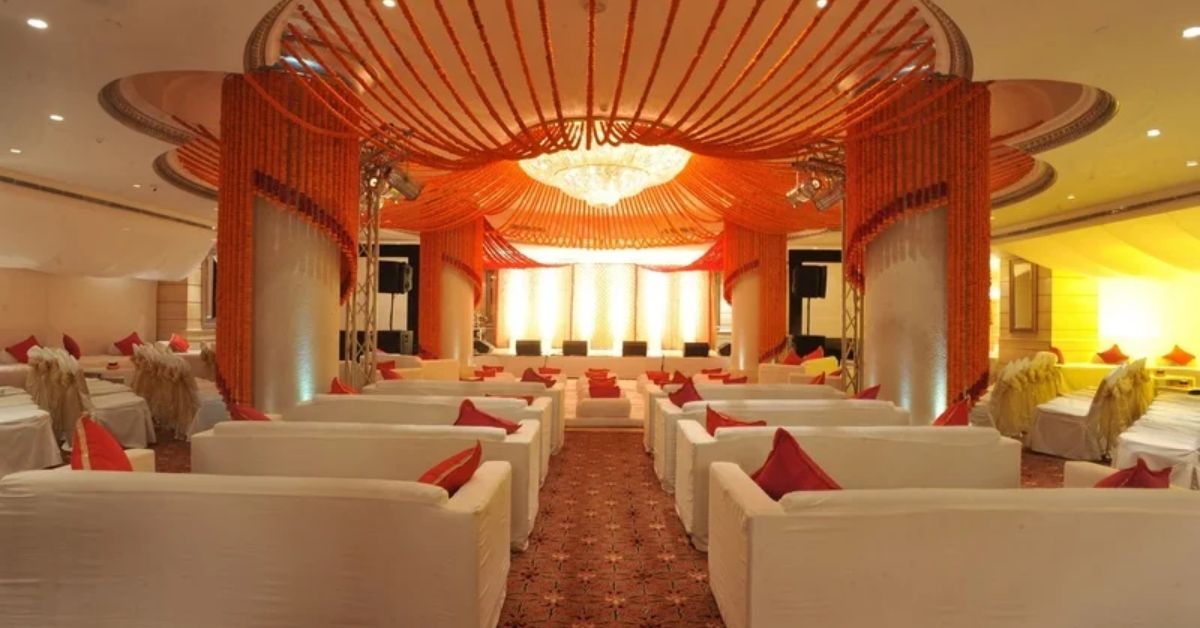Contemporary art is quite famous for being bold, constantly challenging conventions in thought and action. That aside, it is more or less the very core aspect of what contemporary art entails. It would be helpful for one to dig into its motivations, methods, and indeed the cultural context in which these works of art are manifested.
The Nature of Contemporary Art
Contemporary art is the art produced from the middle of the 20th century until the present. Unlike previous art movements, which were often confined to specific styles and themes, contemporary art is defined by its diversity. It embraces a wide range of techniques, media, and approaches that reflect the complex and fast-changing world in which we live. This is one of the reasons contemporary art often blurs boundaries-it’s not restricted by a single tradition or set of rules.
Challenge Norms and Traditions
The main driving force behind contemporary artists pushing boundaries is to challenge norms and traditions. By questioning, in many cases, conventional ideas about art, they want to provoke thought and discussion. This is evident in how contemporary art often uses unconventional materials, new technologies, and even taboo subjects. Some artists, like Damien Hirst and Ai Weiwei, have used their works to comment on issues such as death, consumerism, and human rights, calling the viewer to reconsider their opinions.
Reflecting and Responding to Society
Art nowadays is very closely associated with social, political, and cultural life. Through his work, an artist would often respond to current issues, social concerns, or cultural changes in society. Therefore, he reflects on the reality that exists outside himself, creating something that might be radical in terms of content and what is expected of art. This responsiveness to contemporary issues can lead to art that provokes controversy, is deemed avant-garde, or is shocking to the senses.
For instance, the street artist Banksy does his work as a way to comment on political and social issues, creating works in public spaces that are thought-provoking and challenge power. His work takes place in public spaces and deals with contentious issues, thus making public spaces into a canvas to make social commentary.
Coming of Age and Self
The other significant theme that has been developed in contemporary art is that of personal and collective identity. Themes of race, gender, sexuality, and culture are explored by artists often with the intent to cross boundaries and give a voice to the underrepresented or marginalized. Such exploration can be seen in the work of artists like Kara Walker, whose silhouettes are used to face themes of race and history, and Cindy Sherman, who uses photography to reflect on identity and the making of the self.
By challenging the classic representations, contemporary artists persuade viewers to question their assumed norms and engage with diverse perspectives. Such engagement is vital for the formation of a broader and more empathetic society.
Innovation and Experimentation
Innovation stands at the heart of attractive contemporary art. Artists keep experimenting with novel techniques, materials, or forms, trying to extend the limits of what is possible in art. It leads to the creation of works that cannot be categorized and challenge expectations.
For example, digital art and virtual reality, have led to new artistic frontiers. Rafik Anadol, for one, utilizes data and algorithms in immersive installations that link art and technology, pushing the border of what can be experienced and understood about an artwork.
Interdisciplinary Approach
Today, art is not limited to itself alone but is also connected with science, technology, and social activism. Interdisciplinary approaches to art enable artists to delve into complex ideas and create works that resonate on many levels. Contemporary artists can address broader questions about humanity, the environment, and the future by pushing the boundaries of their field.
For instance, the use of biotechnology by bio-artists like Eduardo Kac gives a living art, provoking ethical questions regarding manipulating life. These works stretch beyond boundaries in the art world, into the science and ethics arena, encouraging more reflection on what these technological advances actually entail.
Engaging the Audience
It often involves the audience in contemporary art, making it an active and participatory kind. Immersive and interactive, such contemporary art can break the barriers between the artist and the viewer, challenging traditional views of art as a passive activity.
Artists such as Yayoi Kusama’s installation art encourage observation and engage with the viewer directly, pulling the observer to become one of the pieces, blurring the lines set between artwork and observer, resulting in making art a dynamic or evolving experience that is in effect a direct dialogue between artists and viewer.
Concluding Up!
Contemporary art, which stretches boundaries, reflects the central tenets of this very art: challenge the status quo, comment on and respond to society, work with identity, innovate, engage other disciplines, and involve the audience. Thus, contemporary artists are continually expanding what art can be and in this way provoke thought, and dialogue, and challenge one’s view of the world to embrace new and different possibilities. This boundary-pushing nature is not a characteristic of contemporary art but is what drives art to stay vibrant and transformative in the cultural landscape.



